
UDK: 615.33:616.379-008.64-002.3:617.55-089
N. V. Rogova, M. A. Drobkov, A. N. Akinchitc, D. M. Serdyukova
Волгоградский государственный медицинский университет, кафедра клинической фармакологии и интенсивной терапии с курсами клинической фармакологии ФУВ, клинической аллергологии ФУВ, Клиника № 1 Волгоградского государственного медицинского университета, Волг
Gram-negative microorganisms account for majority of cases (80,9 %) of suppurative-septic infections in patients with type 2 diabetes mellitus. For the most part these include Escherichia coli (45,2 %) which corresponds to the Russian clinical practice. As a result of our research it has been found that generally Escherichia coli had the resistance to ciprofloxacin, gentamicin, cefazolin. According to the results of our study it“s better to start antibiotic therapy with the third-generation cephalosporins in combination with anti-anaerobic agents or the third-generation quinolones which are more active against gram-negative pathogens in type 2 diabetes patients complicated with suppurative-septic infections. Taking into the account the results of the monitoring of local antibiotic resistance the list of empiric antibiotics which are effective against the particular pathogens can be suggested.
antibiotic resistance, local sensitivity, intensive care unit, suppurative-septic complications, gram-negative pathogens causing intra-abdominal infections, type 2 diabetes mellitus.
Дробков Михаил Александрович — врач анестезиолог-реаниматолог отделения анестезиологии-реаниматологии с палатами реанимации и интенсивной терапии для взрослого населения, Клиника № 1 ГБОУ ВПО «ВолгГМУ Минздрава России», e-mail: drobkov1982@eandex.ru